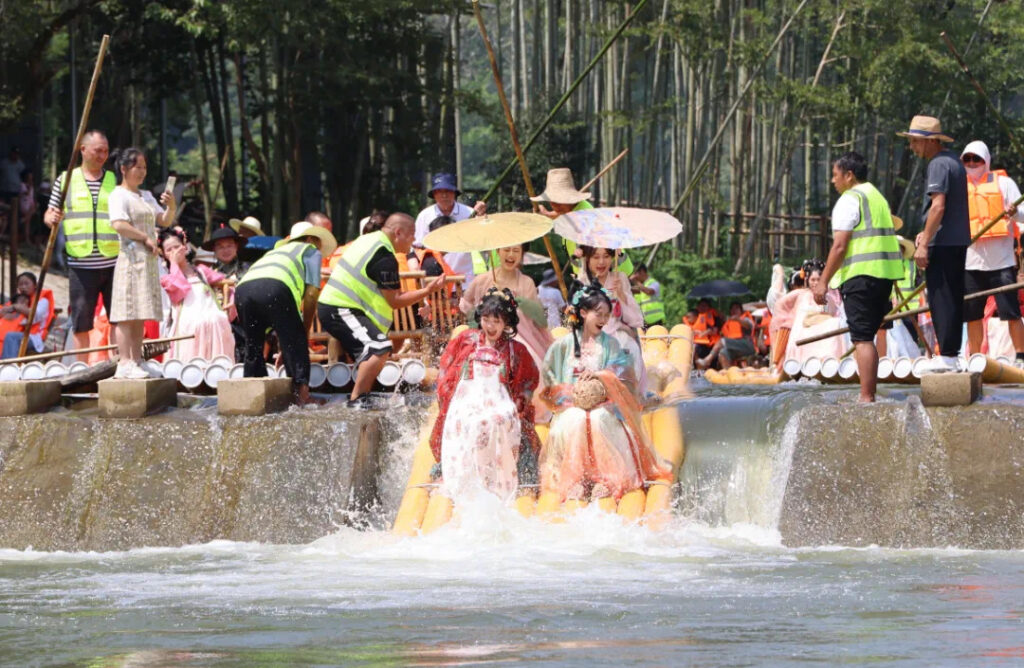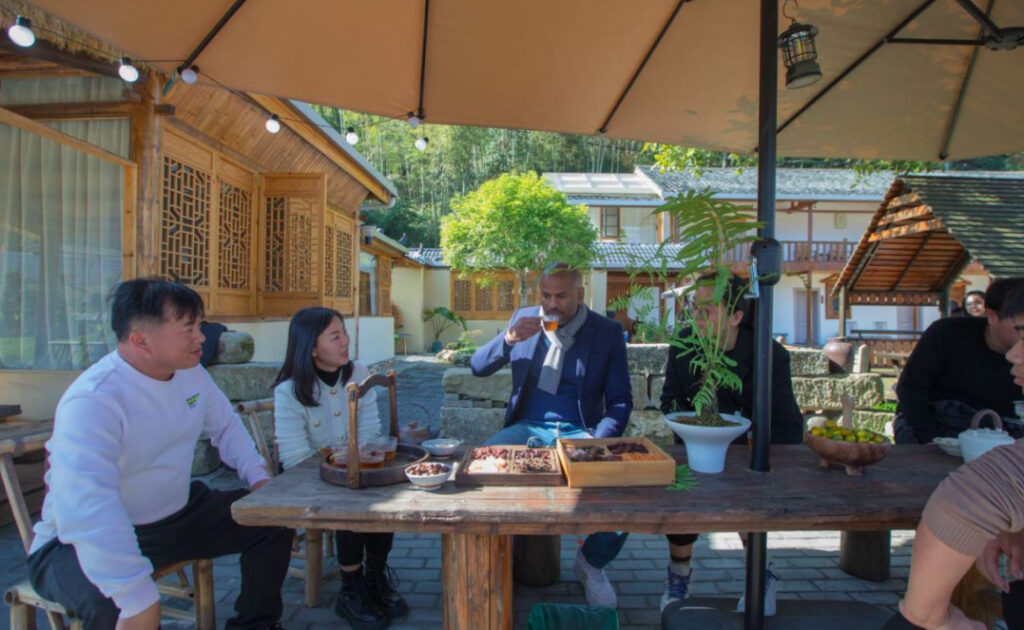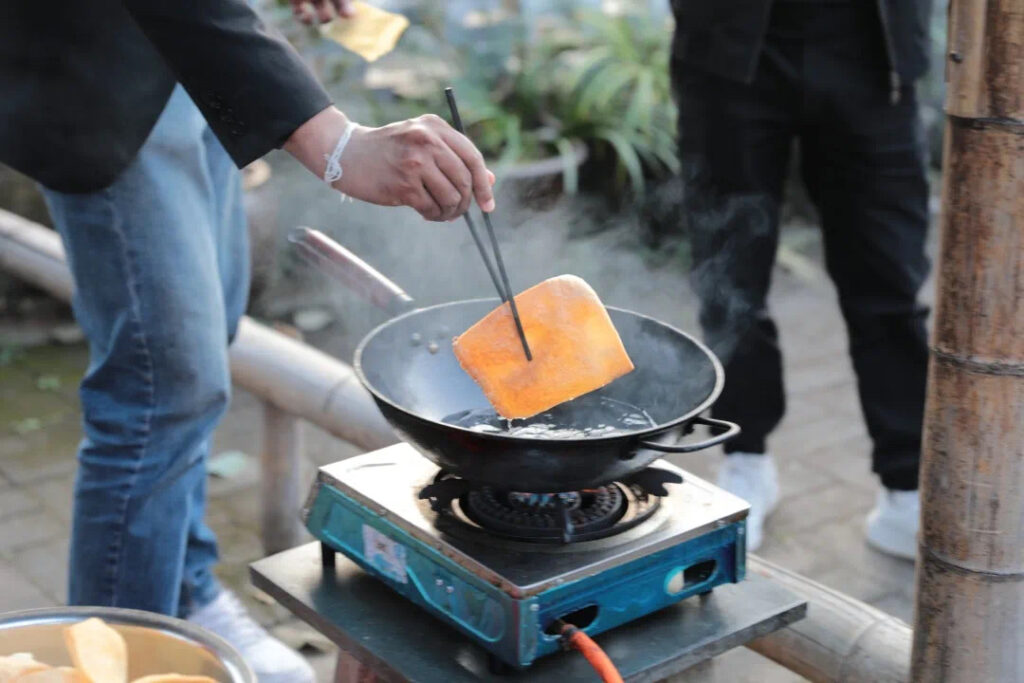Exploring Sustainable Pathways: BRISL's Journey through Yichun City's Villages
Embarking on a transformative journey through Yichun City’s villages, the Director of BRISL Yasiru Ranaraja travels into the heart of China’s rural renaissance, exploring the sustainable landscapes of Pingtian and Gangbei villages. Against the backdrop of COP28, the world’s largest climate conference, this expedition unveils the tangible success of China’s Rural Revitalization Strategy, introduced by President Xi Jinping in 2017. Woven into the fabric of national policies and reforms, this strategy comes to life in the picturesque settings, offering profound lessons in community mobilization, government collaboration, and the delicate balance between economic progress and environmental preservation. As the BRISL Director navigates through the narratives of Pingtian and Gangbei, a blueprint for global sustainable development emerges, showcasing how, when China encounters challenges, it doesn’t merely debate – it solves.
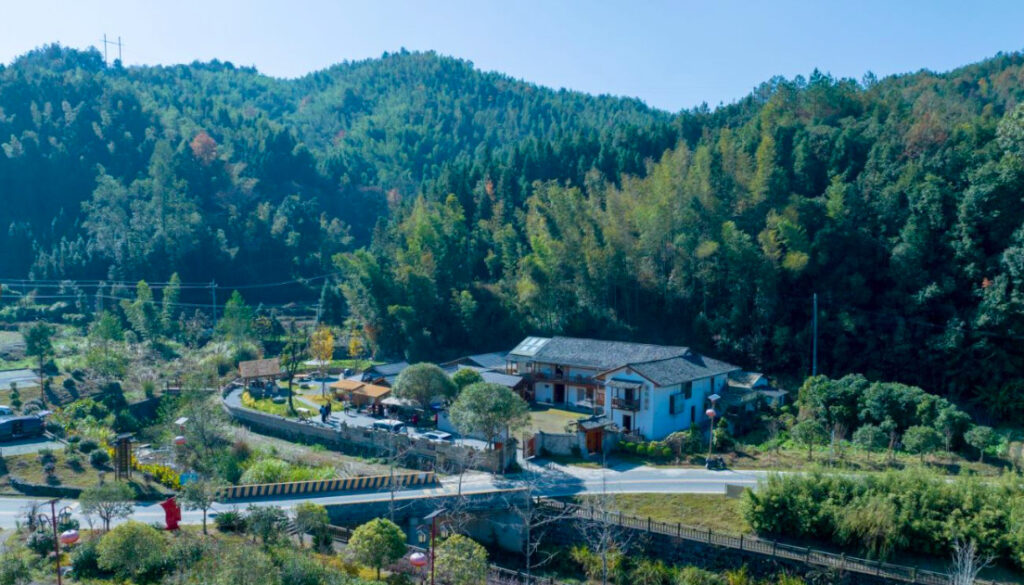
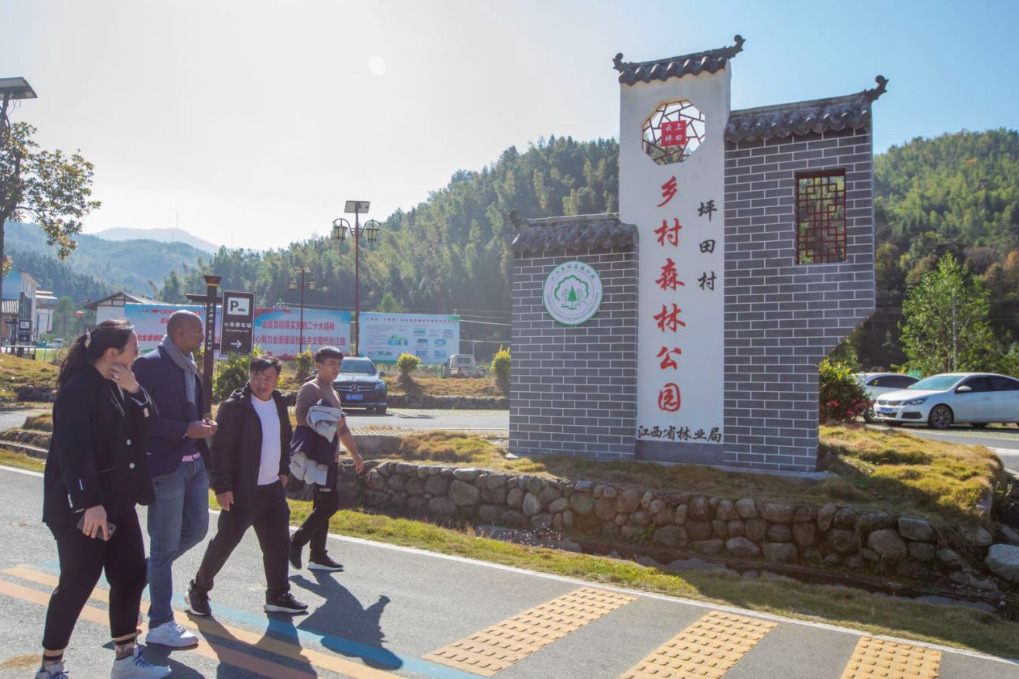

In the heart of Jiangxi Province, China, amidst the buzz of COP28, the BRISL Director found himself immersed in a unique adventure, exploring the sustainable villages of Yichun City. As the COP28, the largest climate conference to date, attracted over 100,000 participants to Saudi Arabia, the BRISL Director took a detour to gain insights into the real-world application of ecological initiatives in two small villages.
Organized by the External Communication Section of the Information Department of Yichun Municipal Party Committee, Mr. Mei Xuefeng, and Xinhua News Agency in Jiangxi province, the Ecological Civilization tour aimed to showcase the success of sustainable development initiatives at the grassroots level. The BRISL Director’s journey led to Pingtian Village in Tonggu County and Gangbei Village in Jing’an County, both integral components of China’s Rural Revitalization Strategy, a visionary approach to elevate rural areas.
The Framework for Rural Revitalization.
Central to the success of the villages visited is the overarching Rural Revitalization Strategy, introduced by Chinese President Xi Jinping at the 19th Party Congress in 2017. This strategic framework underscores the paramount importance of developing rural areas, recognizing them as crucial components of China’s socio-economic fabric. The strategy’s influence is palpable in subsequent policies and reforms, including the 2018-2022 Strategic Planning for Revitalization of Rural Areas, the 14th Five Year Plan covering 2021-2025, and the enactment of the Rural Revitalization Promotion Law. In 2020, China’s rural population exceeded 544 million, constituting approximately 39% of the country’s total population. This demographic significance underscores the urgency and scale of the Rural Revitalization Strategy, positioning it as a cornerstone in China’s developmental roadmap.
Pingtian Village: A Cultural Gem in Tonggu County
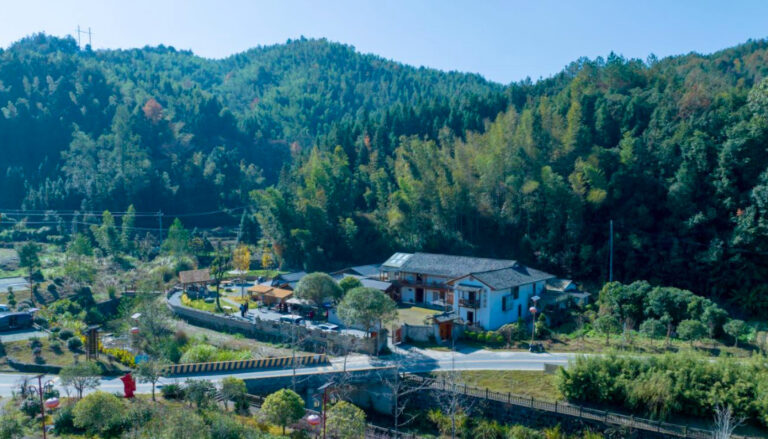
Nestled in the southeast of Tonggu County, Pingtian Village, also known as a Hakka Village, provided a picturesque backdrop to the exploration of sustainable practices. Its scenic beauty has made it the film and television shooting base for productions like “The Red Flag is Flying” and TV musicals such as “The Tonggu Rings” and “I Come to the Tonggu to Find You.”
Beyond its cinematic allure, Pingtian Village stands out for its economic achievements. Collective assets exceeding 10 million yuan and an annual village-level collective economy surpassing 500,000 yuan showcase the village’s success. Recognized as “China’s Beautiful Leisure Village” by the Ministry of Agriculture and Rural Affairs in September 2020 and as a “Jiangxi Province AAAA Rural Tourism Spot” in January 2021, Pingtian Village has become a model demonstration village for rural revitalization.
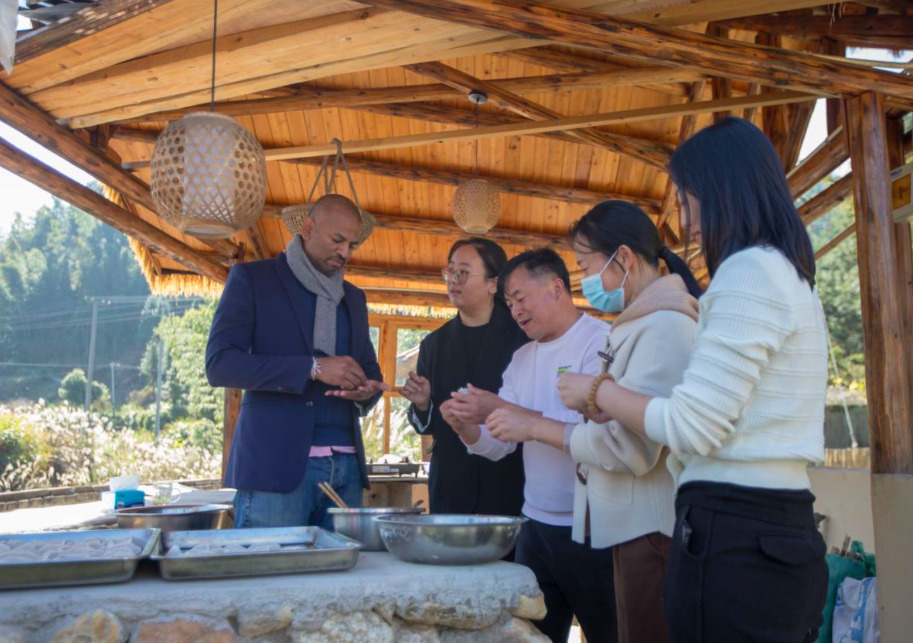
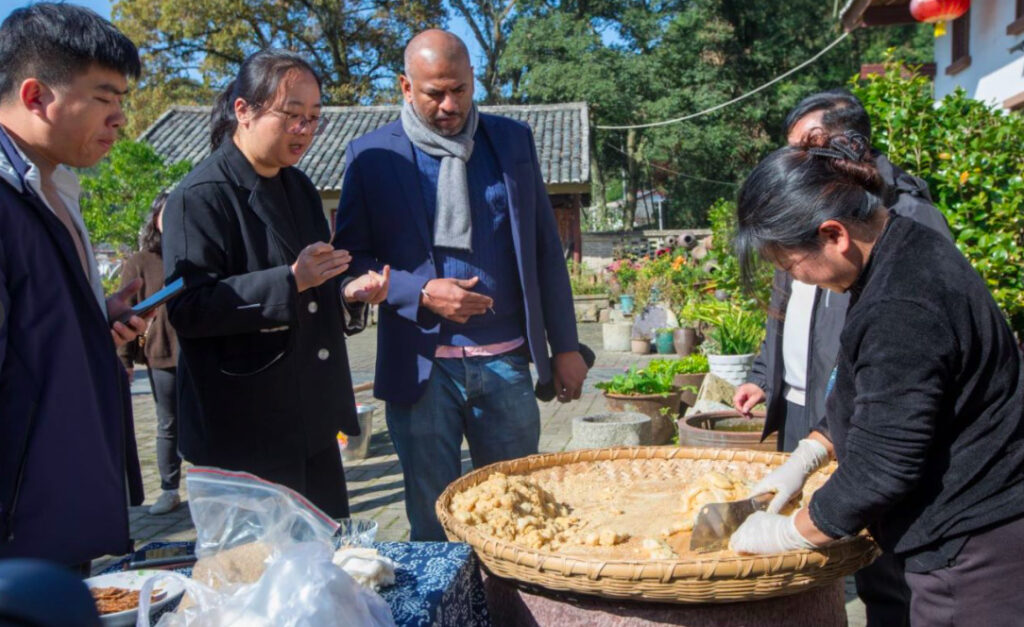

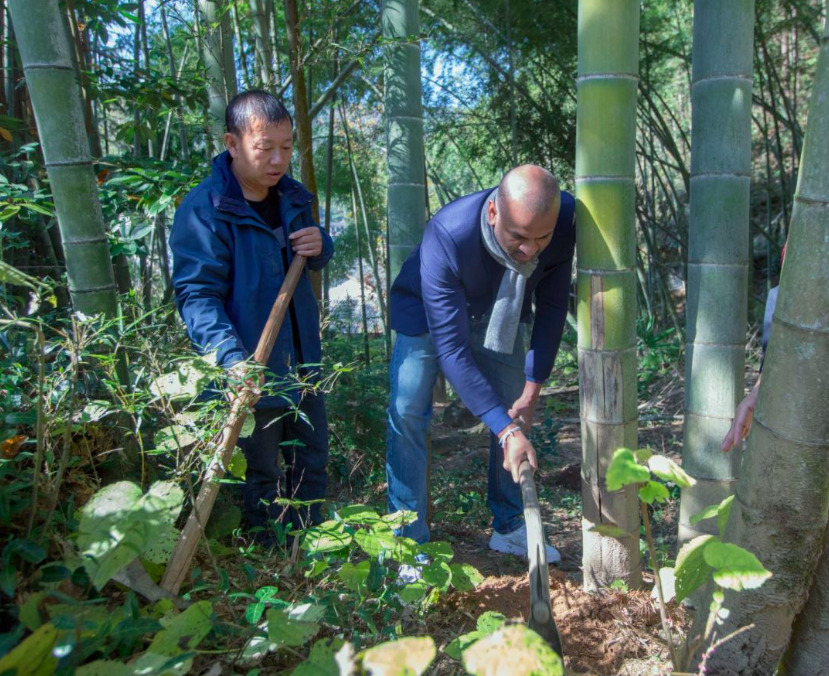


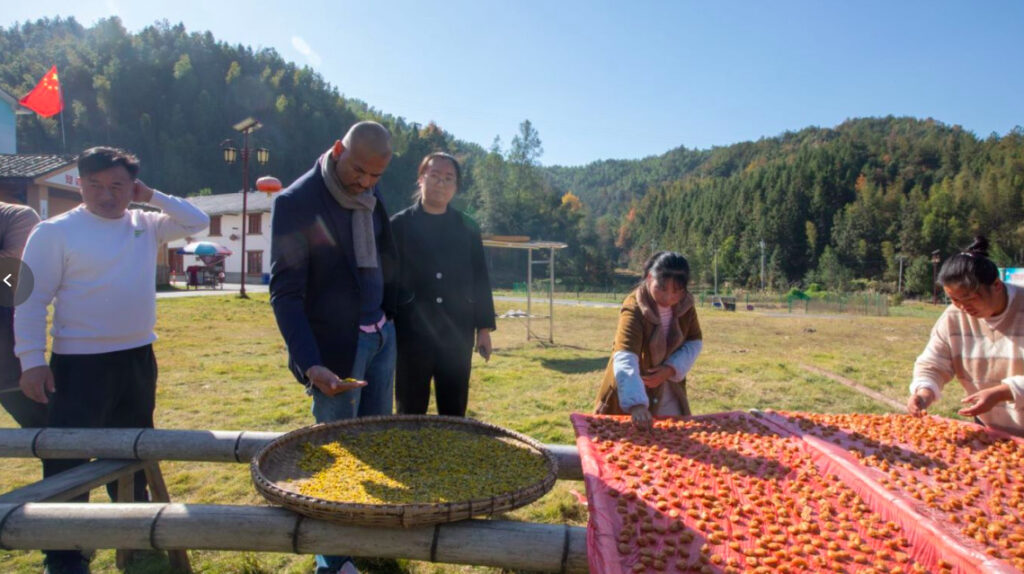

The BRISL Director engaged in a discussion with Pingtian Village’s CPC branch Secretary and village director, Mr. Zhang Jihui. According to Mr. Zhang Jihui, the facilitation of road system development, linking the village to the external road network, was a pivotal decision made possible by the central Chinese government. This infrastructure development played a key role in supporting various industries within the village, including sustainable tourism, tea plantations, and agriculture.
Listening to Mr. Zhang Jihui’s insights, Yasiru Ranaraja from BRISL praised Pingtian Village as a noteworthy example not only for China but also for many developing nations. He emphasized the village’s role as a pivotal startup for national development, citing the importance of such models in shaping the trajectory of communities worldwide.
Mr. Zhang Jihui added that his vision for the village’s development aligns with national policies, aiming to bring economic facilitation to local villages while preserving the authenticity of the environment. The delicate balance between economic progress and environmental protection showcased by Pingtian Village serves as a beacon for sustainable development practices.
Gangbei Village: Navigating Challenges through Innovation
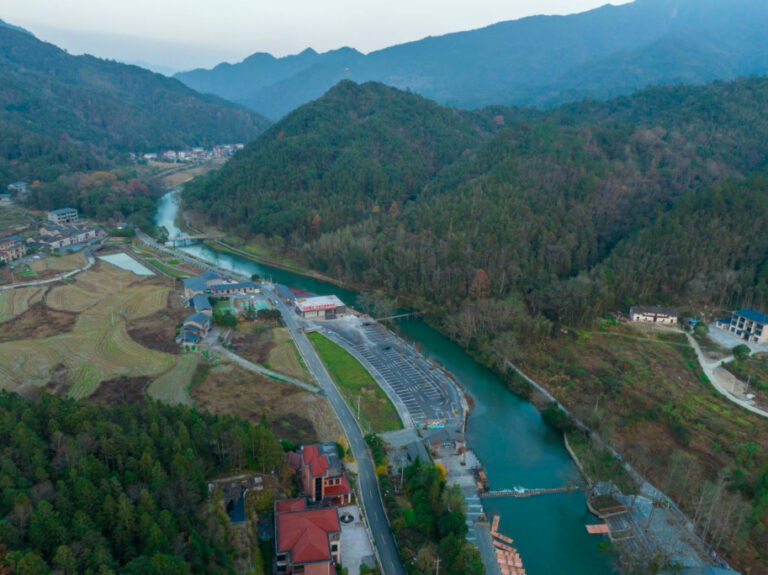
The BRISL Director’s journey continued to Gangbei Village in Zaodu Town, Jing’an County, where the focus shifted to innovative solutions for economic and environmental challenges. Gangbei Village, relying on abundant natural resources such as mountains, and rivers, evolved into a multi-functional tourist destination. It integrated ecological leisure tourism, outdoor tourism expansion, agricultural planting experience, and apiculture based industry.
Despite its potential, Gangbei Village faced challenges when the local economy, closely tied to the wood-selling industry, suffered due to stringent national environmental policies back in 2014. As the village covers over 80% protected forest, the village found itself listed under the poverty rate due inability for industry development , this prompted the local leaders to seek transformative solutions.
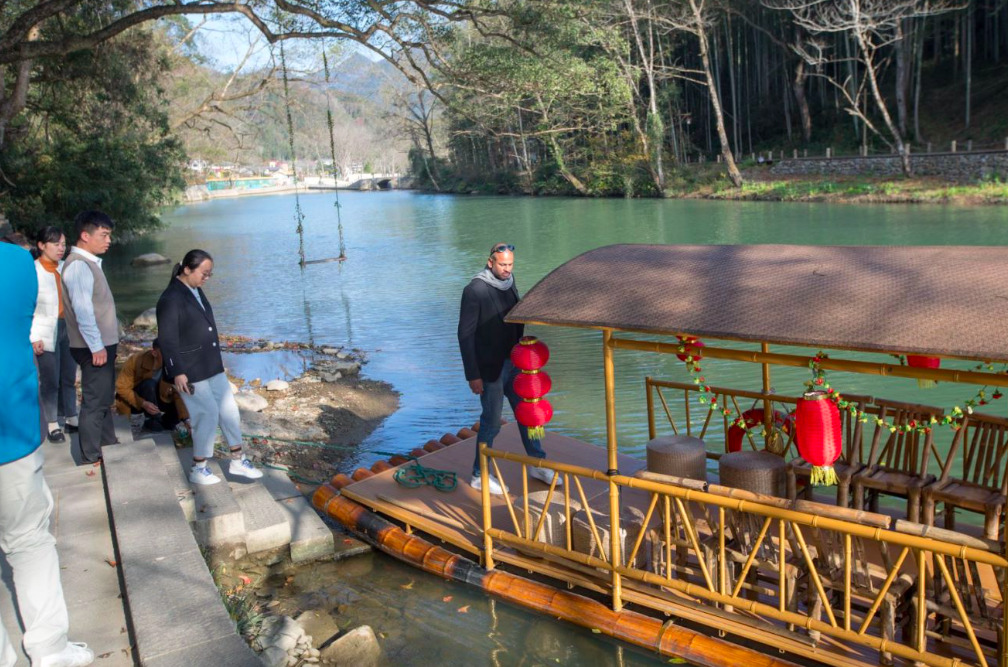
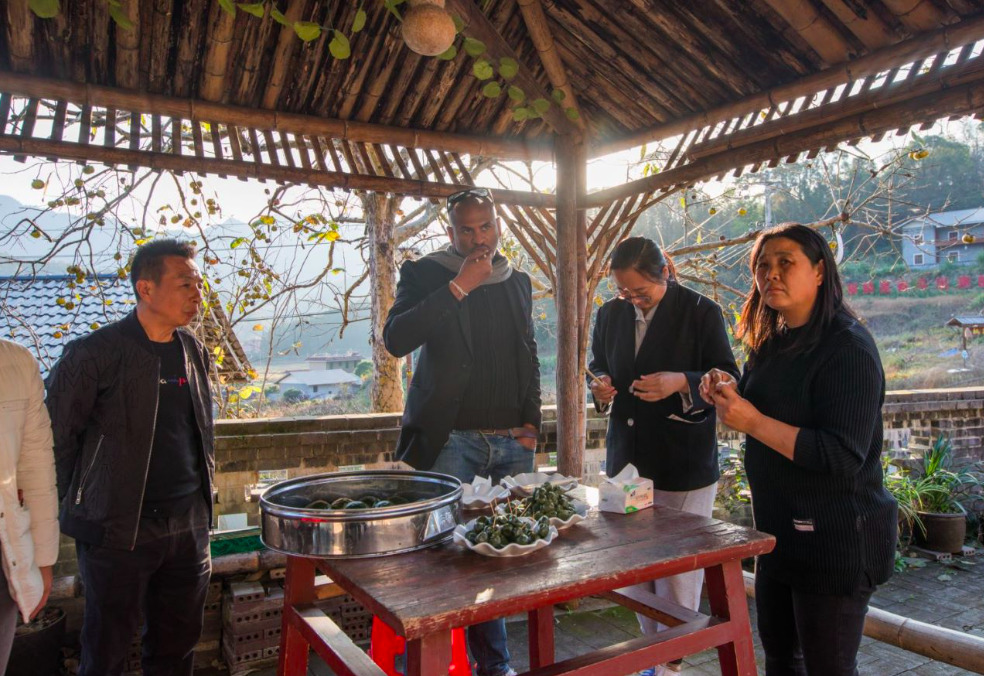


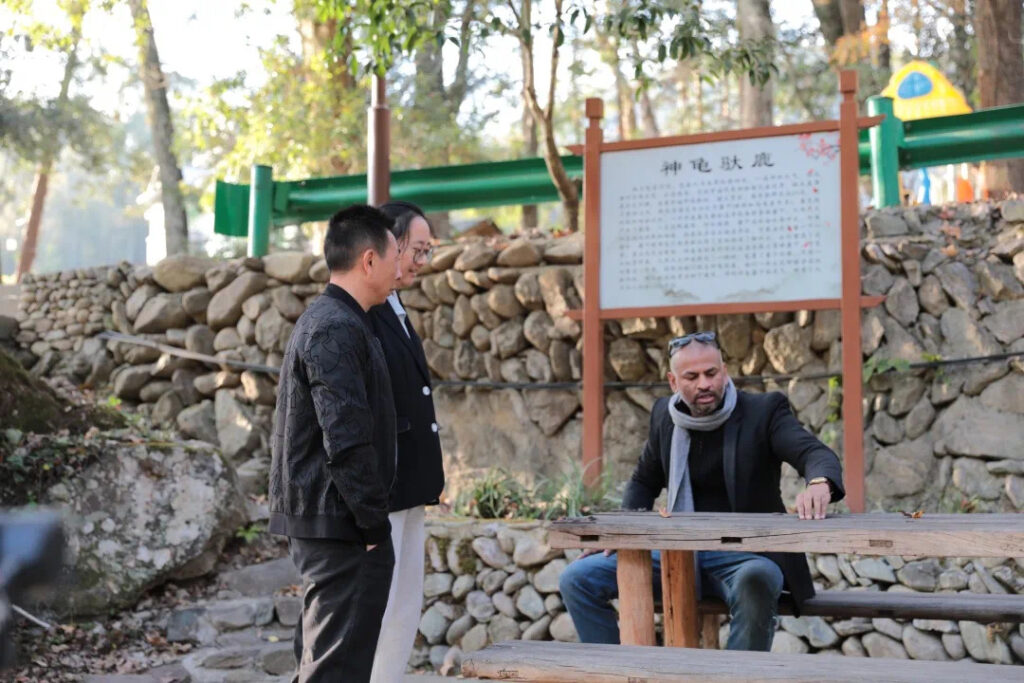



Yasiru Ranaraja from BRISL met with Mr. Wu Zhulin, the Party Chief of Gangbei Village in Jing’an county, to understand the dynamics of their challenges and their journey towards sustainable solutions. The village’s unique response to adversity showcased exemplary leadership and community mobilization.
In adapting to the changing economic landscape, Gangbei Village leaders explored ways to harmonize economic development and environmental protection. The introduction of sustainable tourism and apiculture emerged as key strategies. The village leveraged its natural resources and, with the support of local government initiatives, successfully trained villagers in apiculture.
Initially, only about five households engaged in beekeeping, but the establishment of cooperative training in 2015 marked a significant turning point. The cooperative not only expanded the scope of apiculture but also created an e-commerce platform to sell honey. This proactive approach led to the involvement of over 50 households in the apiculture industry, showcasing the potential for economic prosperity through sustainable practices.
By the end of the last year, Gangbei Village boasted 1,200 beehives, producing an annual yield of up to 6,750 kilograms of wild honey, valued at 600,000 yuan ($87,165). The success story of Gangbei Village not only lifted it out of poverty but also demonstrated the transformative power of sustainable industries
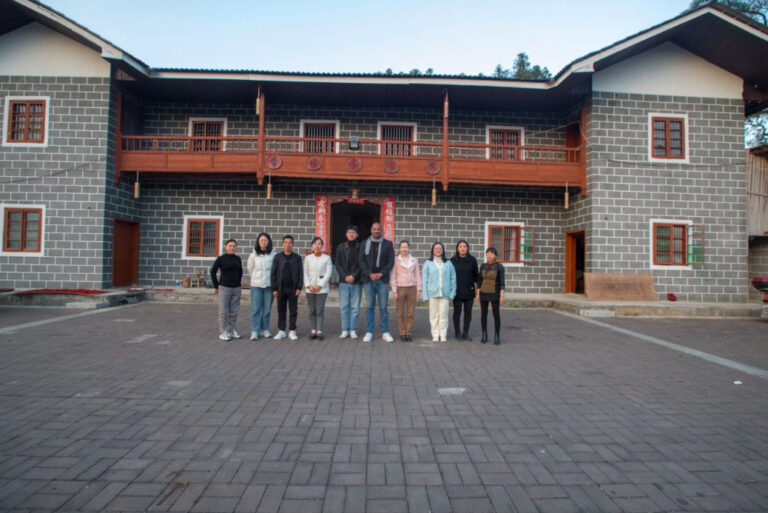
Lessons Learned: A Global Perspective
The experiences in Pingtian and Gangbei villages offer profound insights into the potential of sustainable development at the grassroots level. As the BRISL Director reflected on these journeys, key lessons emerged that have broader implications for rural areas globally.
- Government Facilitation: The role of the central Chinese government in facilitating infrastructure development, as seen in Pingtian Village, highlights the importance of government support in realizing sustainable initiatives. The provision of basic amenities, such as road networks, can be a catalyst for broader economic growth.
- Diversification of Industries: Both Pingtian and Gangbei villages showcase the benefits of diversifying local industries. From tourism to apiculture, a diverse economic landscape not only enhances economic resilience but also contributes to environmental sustainability.
Community Mobilization: The success of Gangbei Village underscores the importance of community mobilization in implementing sustainable practices. Local leaders played a pivotal role in rallying the community to adapt to changing economic landscapes and embrace innovative solutions.
Adaptation to Challenges: Gangbei Village’s response to the challenges posed by environmental policies reflects the resilience and adaptability of local communities. Instead of resisting change, the village leaders embraced the opportunity to find sustainable alternatives.
Government-Community Collaboration: The collaboration between local governments and communities, evident in both villages, showcases the importance of a synergistic approach. When policies align with local needs, it creates a conducive environment for sustainable development.
Global Implications and the Road Ahead
China’s vast rural landscape, comprising around one million villages, plays a crucial role in the global discourse on sustainable development. Each village, with an average population of 1000 people, represents a microcosm of challenges and opportunities. As the world emerges from COP28, the experiences of Pingtian and Gangbei villages offer valuable lessons for the future.
The development models witnessed in these villages become a testament to China’s ability to identify and solve problems swiftly. As the BRISL Director aptly puts it, “when China sees a problem, they solve it” This perspective highlights the pragmatic and solution-oriented approach adopted by China in addressing environmental and developmental challenges.
The success of Pingtian and Gangbei villages serves as a blueprint for sustainable development in rural areas globally. By aligning economic progress with environmental stewardship, these villages showcase a path forward for communities grappling with similar challenges worldwide.
Conclusion: A Glimpse into China's Rural Renaissance
In conclusion, the BRISL Director’s journey through Yichun City’s villages offers a glimpse into China’s rural renaissance. As the world grapples with pressing environmental concerns, these villages stand as living proof that sustainable development is not just an idealistic goal but a tangible reality.
Pingtian Village, with its cinematic charm and economic success, reflects the possibilities that emerge when culture and commerce intertwine harmoniously. The village’s commitment to preserving its authenticity while embracing modern development exemplifies a balanced approach to progress.Gangbei Village, overcoming economic challenges through innovation, showcases the resilience embedded in local communities. By turning adversity into opportunity, the village not only lifted itself out of poverty but also set an example for communities worldwide facing similar predicaments.
As the global community contemplates the outcomes of COP28, the lessons from Pingtian and Gangbei villages echo a profound truth – sustainable development is achievable when there is a convergence of government support, community engagement, and innovative solutions. These villages are not just microcosms of China’s rural landscape; they are beacons illuminating a sustainable path for the world.
